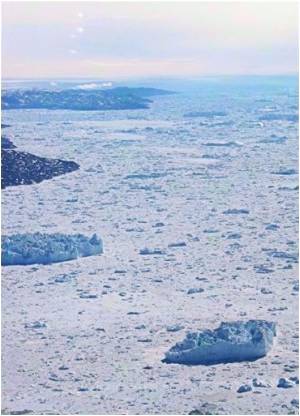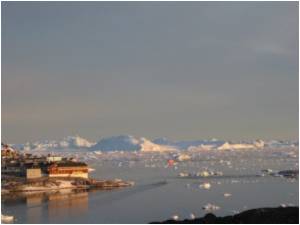A warming period more than 400,000 years ago pushed the Greenland ice sheet past its stability threshold; resulting in a nearly complete deglaciation of southern Greenland and raising global sea levels some 4-6 meters, suggest researchers.

Anders Carlson, an associate professor at Oregon State University and co-author on the study, said the climate 400,000 years ago was not that much different than what we see today, or at least what is predicted for the end of the century.
Carlson said the forcing was different, but what is important is that the region crossed the threshold allowing the southern portion of the ice sheet to all but disappear.
To find the answer, the researchers examined sediment cores collected off the coast of Greenland from what is called the Eirik Drift. During several years of research, they sampled the chemistry of the glacial stream sediment on the island and discovered that different parts of Greenland have unique chemical features. During the presence of ice sheets, the sediments are scraped off and carried into the water where they are deposited in the Eirik Drift.
Carlson said each terrain has a distinct fingerprint. He said they also have different tectonic histories and so changes between the terrains allow us to predict how old the sediments are, as well as where they came from. The sediments are only deposited when there is significant ice to erode the terrain. The absence of terrestrial deposits in the sediment suggests the absence of ice.
The researchers' analysis of the scope of the ice loss suggests that deglaciation in southern Greenland 400,000 years ago would have accounted for at least four meters - and possibly up to six meters - of global sea level rise. Other studies have shown, however, that sea levels during that period were at least six meters above present, and may have been as much as 13 meters higher.
Advertisement
Source-ANI







